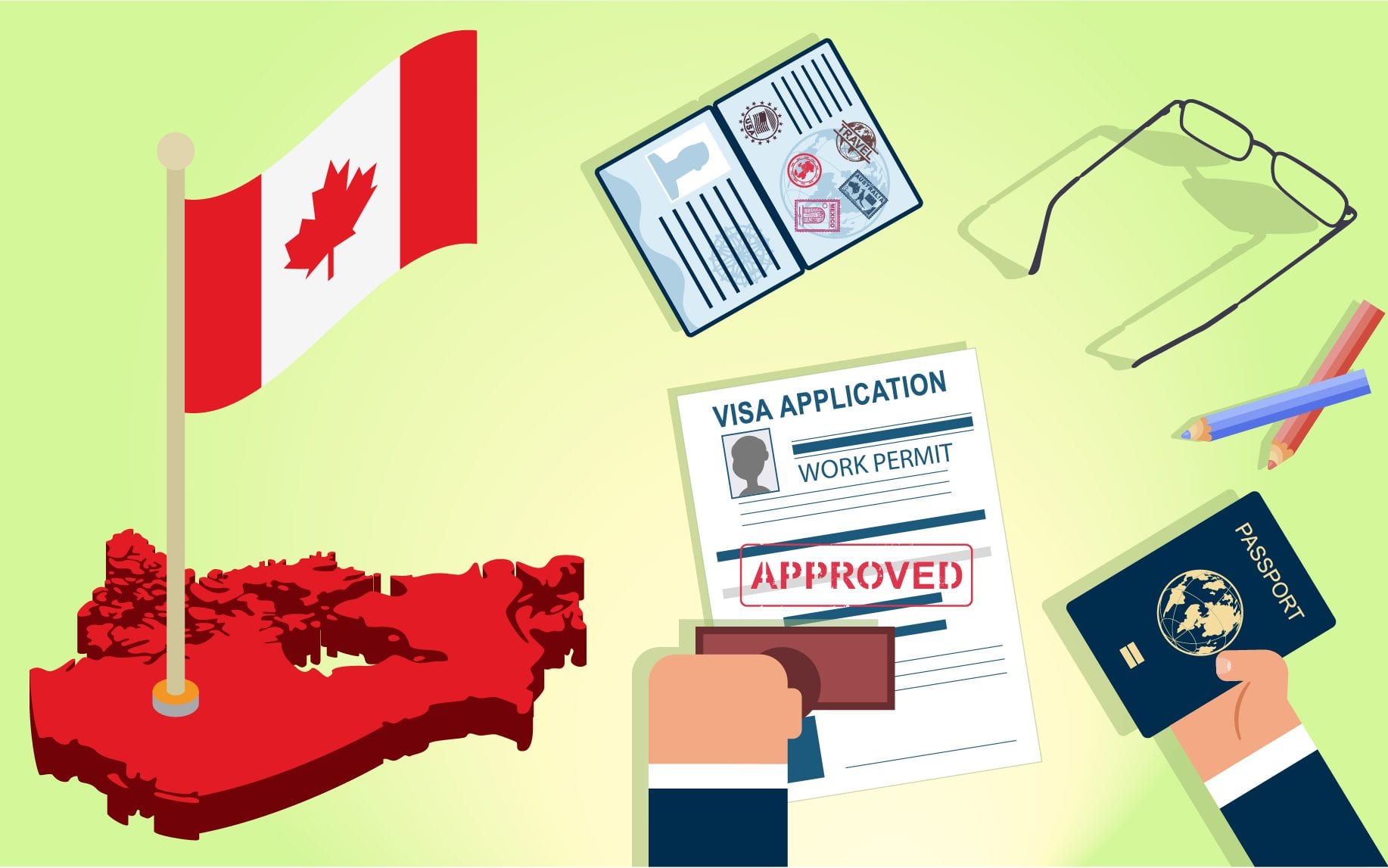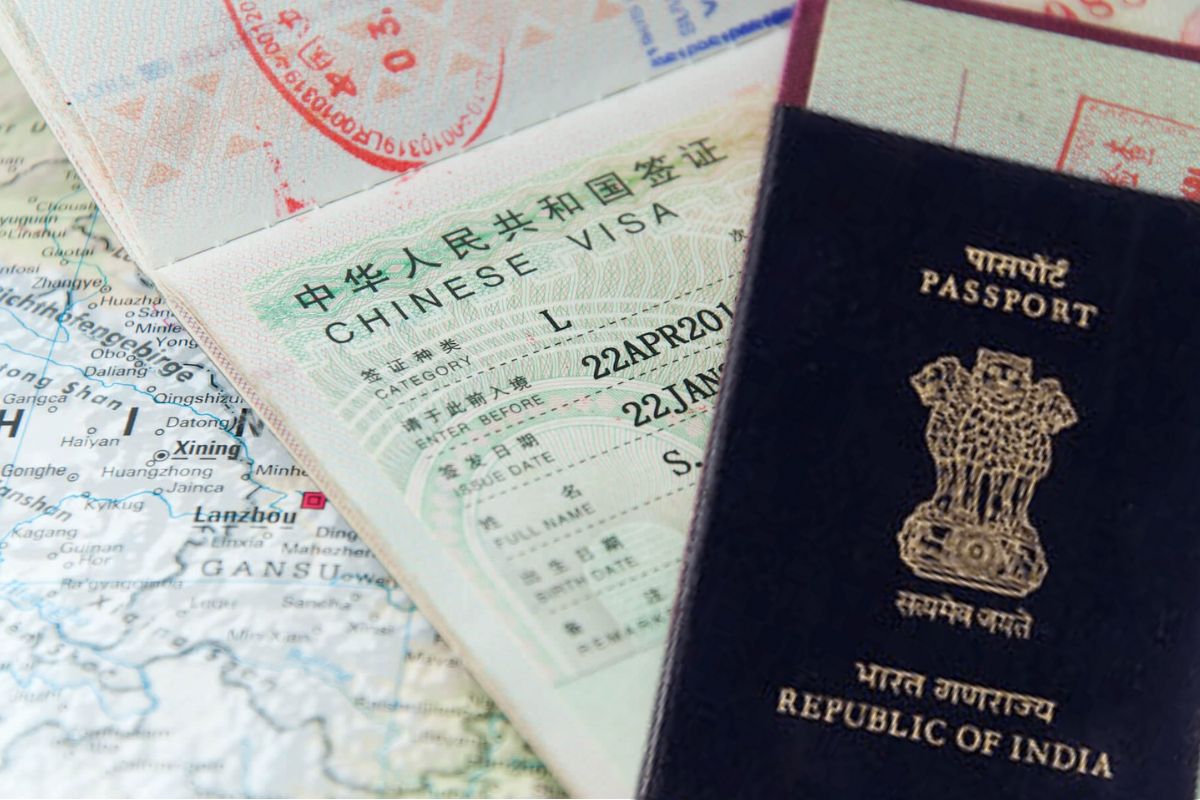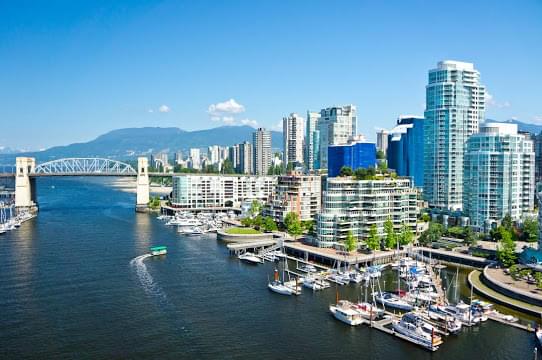Are you dreaming of exploring the great white north but feeling overwhelmed by the emergency visa process for Canada? Fret not, fellow globetrotter! Whether you have a sudden business opportunity or an urgent family matter to attend to, we’re here to help you navigate through the labyrinth of paperwork and procedures. In this comprehensive guide, we’ll provide you with expert tips and invaluable advice on how to successfully tackle the emergency visa process for Canada. Get ready to embark on your Canadian adventure stress-free! TOURIST VISA FOR CANADA
What is the Emergency Visa Process for Canada?
If you find yourself in a situation where you need to leave Canada quickly and your visa has expired, the emergency visa process may be your best option. Here are some tips on navigating this process:
1. Start by checking if you have any unused time left on your visa. If not, you’ll likely need to apply for a new one before leaving.
2. Make sure all of your paperwork is in order. You’ll need to provide proof of your identity, travel documents, and financial support.
3. Contact the Canadian embassy or consulate closest to where you’re located so they can issue you an emergency travel document. This document will allow you to leave Canada without a visa and will be valid for 90 days.
4. Once you have your emergency travel document, make sure you have all of the necessary documents for traveling overseas, including a passport and airline ticket.
How to Apply for a Emergency Visa for Canada
If you find yourself in a situation where you need to urgently leave your country for safety reasons, or if you are unable to immigrate to Canada through regular channels, then an emergency visa may be your best option.
To apply for an emergency visa, you will first need to gather the required documentation. This includes a passport valid for at least six months beyond the intended duration of your stay in Canada, as well as proof of your identity and citizenship (a driver’s licence, passport photo, etc.).
Once you have gathered all of the necessary documents, you will need to submit an application form online or through a government agency. The application process can vary depending on the province or territory in which you reside, but most applications require proof of financial stability and a medical examination.
If everything is approved by Canadian authorities, you will be granted a temporary visa that allows you to enter and exit Canada as needed. Keep in mind that this visa is only valid for the purpose for which it was issued, so make sure that you have a plan for how you intend to use it before moving forward with the application process. EMERGENCY VISA FOR CANADA
If all goes well and no unforeseen issues arise during your stay in Canada, then hopefully this guide has provided you with some helpful tips on navigating the emergency visa process.
What are the Requirements for an Emergency Visa for Canada?
If you are in need of an emergency visa to enter Canada, there are a few requirements that you will need to meet. First and foremost, you will need to show that you have a valid travel document, such as your passport or driver’s license. Additionally, you will need to provide evidence of your situation and why you require an emergency visa. This can include documentation from the government or organization you are seeking refuge from, letters from friends or family members testifying to your circumstances, or photographs that show where you are located and what is happening there. You will need to undergo a security check by Canadian authorities.
How long does it take to get a Emergency Visa for Canada?
If you are in a serious situation and you need to come to Canada urgently, you may be able to apply for an emergency visa. The process can be long, but following some tips can help make the process go more smoothly.
The first step is to assess your situation and determine if you qualify for an emergency visa. This includes determining if you are in danger or if there is a risk that you will not be able to return home safely. If you do qualify, complete the application form CIC-844 and submit it with required documents.
The application process can take several months, but keeping track of your progress is important. You will receive notification about the status of your application either through mail or online. Be prepared to provide additional information if requested, such as supporting documentation for your claims of danger or risk of non-return.
If your application is approved, you will be issued a visa and advised of the steps necessary to enter Canada. Make sure that all required documentation is ready and check the list of prohibited items before travel. Remember that not all rules apply to emergency visas, so please speak with an immigration lawyer if there are any questions about how the visa system works in Canada.
What should I do if I am denied my Emergency Visa for Canada?
If you have been denied your Emergency Visa for Canada, it is important to understand the reasons why. Some common reasons for denial can include missing documentation or being outside of the allowed dates. It is important to gather all of the required documentation and resubmit it if you are denied. There are many options available to you if you are denied an Emergency Visa, including applying for a Temporary Resident Visa (TRV) or a Permanent Resident Visa (PRV). If you decide to apply for a TRV, be prepared to wait several months for approval. The best way to avoid delays is to submit your application well in advance of the deadline. If you decide to apply for a PRV, be prepared to wait several years for approval. The best way to avoid delays is to submit your application well in advance of the deadline. In either case, it is important to have patience and know that no application is guaranteed approval. If you have been denied your Emergency Visa, make sure you understand the consequences and what steps you need take next.
What if I am stopped at the US Border?
If you are stopped at the US border, follow these steps to navigate the emergency visa process for Canada:
1. If you are a Canadian citizen, have your passport and driver’s license handy. Show these items to the officer.
2. If you are a permanent resident of Canada, provide proof of your residency, such as your driver’s license or social insurance number card.
3. If you are travelling on a temporary visa, show the officer your travel document and any other documents that prove you have permission to be in the US. You may also be asked to complete an I-94 form.
4. If you are not a Canadian citizen or a permanent resident of Canada, the officer may ask for identification documents that indicate your nationality or citizenship status, such as a passport or ID card from your home country.
Conclusion
If you are planning to travel to Canada and need an emergency visa, there are a few things you should know. By following our tips and advice, you should be able to navigate the process with ease. Remember to keep a copy of all your documentation handy in case something unexpected comes up – it could make the difference between a quick trip and a frustrating experience. Thanks for reading!



